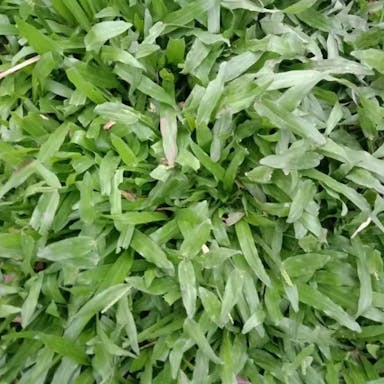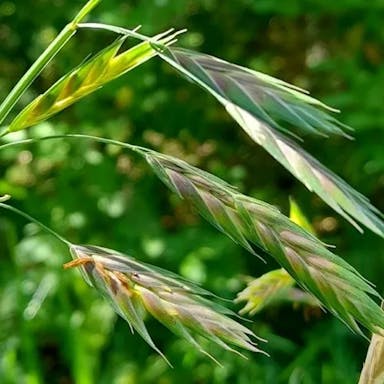Blue wild rye, scientifically known as Elymus glaucus, is a perennial bunchgrass native to North America. The North American native plant thrives in moist conditions and features on rainy afternoons. Open woodland meadows provide a perfect home, as the undergrowth remains damp for long periods. With proper drainage assured, this beautiful meadow dweller reaches heights between two and four feet. Spring flowers arrive in delicate shades of purple and green, mingling with the blue-green foliage. The wispy seed heads catch the breeze, dancing gracefully amid the slim blades of grass. Overall, this carefree perennial brings a refined airiness to gardens or restoration projects, requiring minimal care to retain its ornamental elegance over time.
0
0











